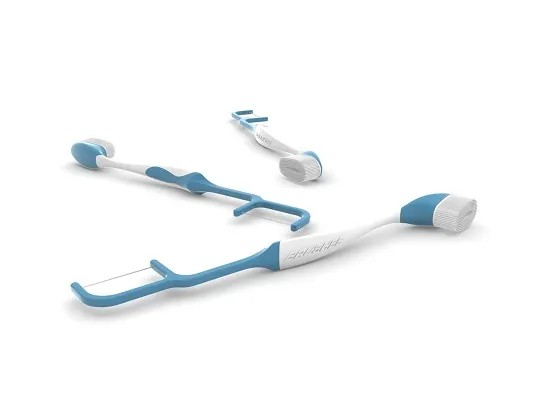While clear aligners effectively improve many mild to moderate orthodontic issues, traditional braces may still be required in certain cases:
- Very severely crowded or crooked teeth requiring complex movements multiple teeth at once. Aligners move teeth incrementally one at a time.
- Severe overjet with protruding front teeth 9mm+ out of alignment that necessitates immediate correction.
- Cases requiring jaw repositioning that braces are better equipped to deliver with rubber bands.
- Teens or patients who struggle to consistently wear aligners for 20-22 hours daily as prescribed. Braces apply progress-powering forces 24/7.
- Underbites with substantially misaligned top and bottom rows. Aligners alone can’t create drastic movements or control bite.
- Adolescents still experiencing growth changes that metal braces with expanders can better accommodate.
- Presence of permanent dental devices like implants, bridges, crowns that impede aligner grip.
How Often Should I Clean My Teeth With Clear Aligners?
Aligners don’t work for every patient or malocclusion. It’s imperative to seek an orthodontist’s evaluation to determine if your particular alignment needs will respond better to braces or aligners for the safest, most reliable outcome. But for many, aligners deliver remarkable straightening results when worn as directed.



